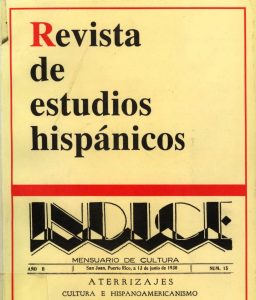Resumen
Because they offer such a wide range of connotations, flowers are a significant source of imagery in European poetry. In Spanish literature, flower figures first appear in the Middle Ages. During the Renaissance and Golden Age, Garcilaso, Quevedo, and Rioja―to name a few―use flowers, especially roses, to express the theme of life's brevity. Both rococo gallantry and neoclassic pastoralism lead to an abundance of floral imagery in the eighteenth century. Although strongly influenced by poets of the previous century, the nineteenth-century poet José de Espronceda has a particularly characteristic use of flowers, one that will influence later writers. Flowers abound in Espronceda's poetry; they appear, in one form or another, in over half of the lyric poetry and all the long narrative poems, from his earliest neoclassic pastoral verses to the titanic Romanticism of El diablo mundo. These figures fulfill several functions. Most readers notice the association between women and flowers in El estudiante de Salamanca and the "Canto a Teresa". Other uses, however, have received less attention. While critics such as Marrast and Brereton have commented on the earlier pastoral poetry, they have ignored Espronceda's continued reliance on these motifs in his mature poems. Another surprising aspect of this poet's work is the comparison, not of women, but of men with flowers. As Espronceda's style evolves, he uses this imagery to examine the major issues of his own life: women, love, and ambition. Flower figures comprise one of the most important elements in Espronceda, reflecting the development of his thought on both a personal and a poetic level.

Esta obra está bajo una licencia internacional Creative Commons Atribución-NoComercial 4.0.

